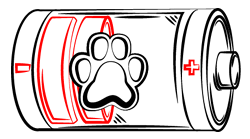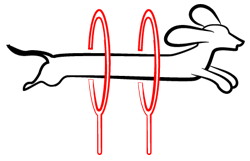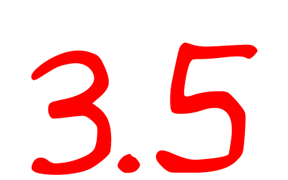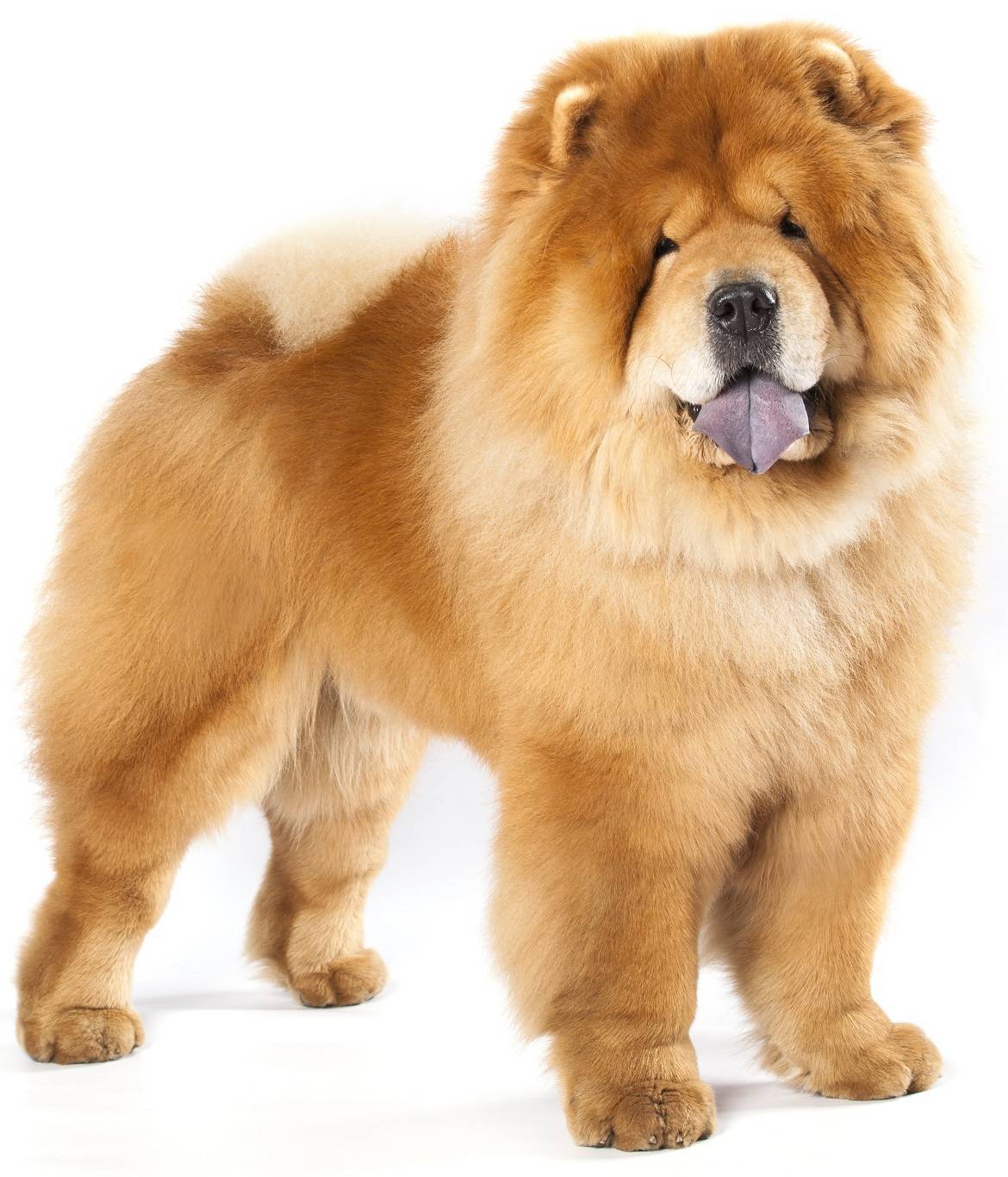
Paws ‘N’ Pups Quickview
Size
| Energy Level
| Trainability
| Paws ‘N’ Pups Rank
|
Characteristics
| Physical Characteristics: Height: 18-22” Weight: 44-72 lbs. Energy Level: Low – Moderate | Colors: The American Kennel Club recognizes the Chow Chow in the following colors:
|
| Health & Longevity: 9-12 years Breeders screen for the following conditions:
Entropion is also common, where the eyelids invert enough so that the eyelashes rub against the eye. Although it is thought to be genetic, there is no test to screen for it. Chows are also sensitive to anesthesia and sedatives, so be sure to seek a veterinarian experienced working with dogs with these sensitivities. | |
Temperament & Train-ability
The Chow Chow is a stoic, quiet, serious and strong willed dog. They dole out their brand of affection only to those closest to them, but do not wear their heart on their sleeve. A Chow will express his fondness for you by simply being with you. Very suspicious of strangers, Chows are highly territorial and protective, but a well-bred Chow is not aggressive. Chows are often one-person dogs. While Chows are homebodies, their territorial nature makes a secure fence mandatory; it will keep strangers from approaching when you’re not around. Unfenced Chows often make poor choices and may take to chasing runners, cyclists or skateboarders. They can be aggressive to dogs of the same sex and predatory toward small animals and small dogs. Fastidious housekeepers will not enjoy living with a Chow; their coat will pick up debris outside and deposit it on your sofa. A simple drink of water turns into a stream, following them across the room. And hair: lots and lots of hair.
A well-socialized Chow that is not overly territorial can do well in an apartment.
Novice dog owners and timid people are likely to be very unhappy living with a Chow. If you lead a highly social life with people coming and going, this is not the breed for you. Some Chows enjoy the company of respectful older children, but are unlikely to want to play. All interactions with children must be supervised. Just as your dog will need careful socialization to learn appropriate behavior around children, your children must be taught how to properly interact with your Chow. Never allow children to sit on, attempt to ride or pull ears, etc. Children should be taught how to recognize when a dog needs a break and give them space.
Chows are miserable in high heat and humidity, but love a cold climate. They can tolerate some time alone better than many breeds, but should never live outside alone. With fairly low exercise requirements, the Chow is usually content with a couple 15-minute or one 30-minute walk per day. Chows are not built for running or jogging. Generally calm indoors (as an adult), Chows are naturally clean and generally easy to housetrain. Chows are on the lists of many insurance companies, so owning one may require you carry extra liability coverage. Having limited peripheral vision; be sure to approach a Chow from the front so they can see you coming.
The Chow is a unique dog; although their impressive appearance attracts many, it is their sober and thoughtful approach to life that their true fans appreciate. For the right person, this regal breed makes a fiercely loyal companion. These individuals see the Chow’s real beauty is in their character.
The highly territorial nature of the Chow requires massive amounts of socialization as puppies; it is this process that teaches them to discriminate what is normal and therefore no need for concern; in this way, they can grow to be safe and relaxed as an adult. This intensive socialization process will last from puppyhood through 18-24 months of age; one puppy class won’t cut it.
If you have your sights set on training and perhaps competing in a sport such as obedience or agility, this is not the breed for you. Chows can learn what you need them to, but don’t expect zippy responses to your every request. Positive reinforcement methods are advised when training a Chow; using harsh or punitive methods will result in either a dog shutting down emotionally or retaliating. The independent, strong will of the Chow will not tolerate treatment they view as unfair. If you approach training your Chow as a partnership with respect at its core, you will likely experience success.
Grooming
The Chow Chow is seen in two coat types; rough and smooth. Both are double coats. The rough variety has a profuse, long outer coat, which is longer around the dog’s neck, giving the appearance of a mane. The smooth variety has smooth lying thick, stiff outer coat. Both varieties have dense undercoat. The grooming requirements for the rough Chow are daunting; two to three times a week, they must be thoroughly brushed to prevent matting and keep the skin healthy. This can take 30-60 minutes; many Chow owners develop the habit of brushing their dogs while they watch TV. The Chow has no odor if kept brushed. Another option is to have your Chow brushed and bathed by a professional groomer, which can be expensive, especially if matted.
Both varieties shed abundantly all year; in spring and fall, the coat is “blown” and shedding will reach mammoth proportions; they require daily brushing during this time. Breeders caution against shaving a rough coated Chow; contrary to popular belief, this does not serve to make the dog cooler in hot weather, but quite the opposite. The outer coat insulates from environmental heat, so as long as the shed undercoat is removed, the dog will be more comfortable with the coat left on. The other issue that can develop from shaving a double-coated dog is the likelihood of clipper alopecia. This condition causes the hair to come back in patches and faded, if it comes back at all. It can take a year for the coat to come back, but sometimes only patches come in. Nearly every rough Chow that enters a shelter has a badly neglected, matted, filthy coat; it proves to be too much for many to maintain.
Diet
The amount of food a Chow will require can vary depending on age, activity level, and type of food fed. On average, they will eat 2-2 ¾ cups of food daily, fed in two meals; free feeding should be avoided; with the Chow’s low energy levels, free feeding can lead to unhealthy weight gain. A high quality food should be fed. A constant supply of fresh, clean water must always be available.
Looking for a Chow Chow?
 Find A Chow Chow Breeder |  Chow Chow Puppies For Sale |  Adopt A Chow Chow |
Cost
Chows can run from $400 up to $1,000. Breed rescues are very active, and are another option for acquiring a Chow. Whether you acquire a dog from a breeder or rescue, do your homework to be assured that the temperaments of the dogs are tested and sound. Ongoing expenditures include the typical supplies, food, and regular vet visits.
Paws ‘N’ Pups Ranking
Paws ‘N’ Pups ranks every breed out of 4 with 1 being easiest to integrate into your life and 4 being the toughest – The lower the ranking the better.
Ranking takes into account a few basic factors such as cost, skill level needed, high vs. low maintenance, and how critical regular training is to success. The Chow rates a 3.5; the skill, high grooming requirements and amount of time and energy required to raise and live with a Chow make them a very challenging breed to own.
Breeds Similar To Chow Chow
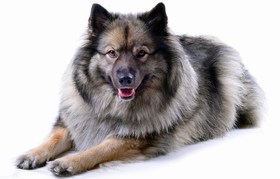 Keeshond | 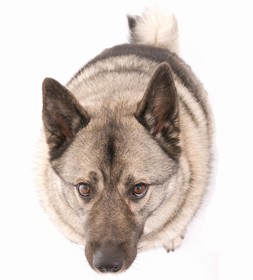 Norwegian Elkhound | 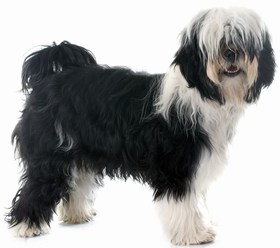 Tibetan Terrier | 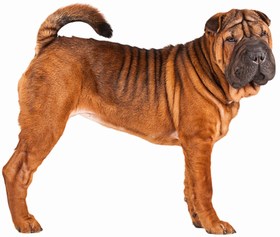 Chinese Shar-Pei |


